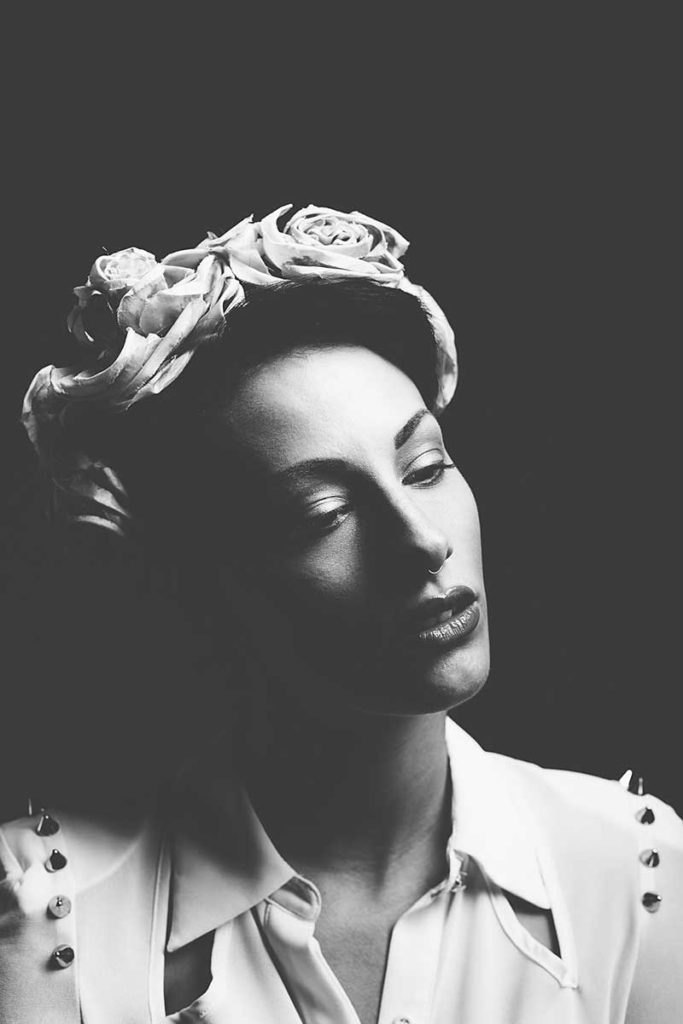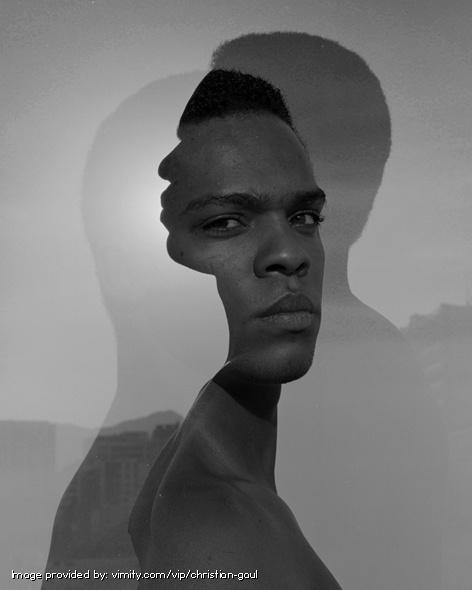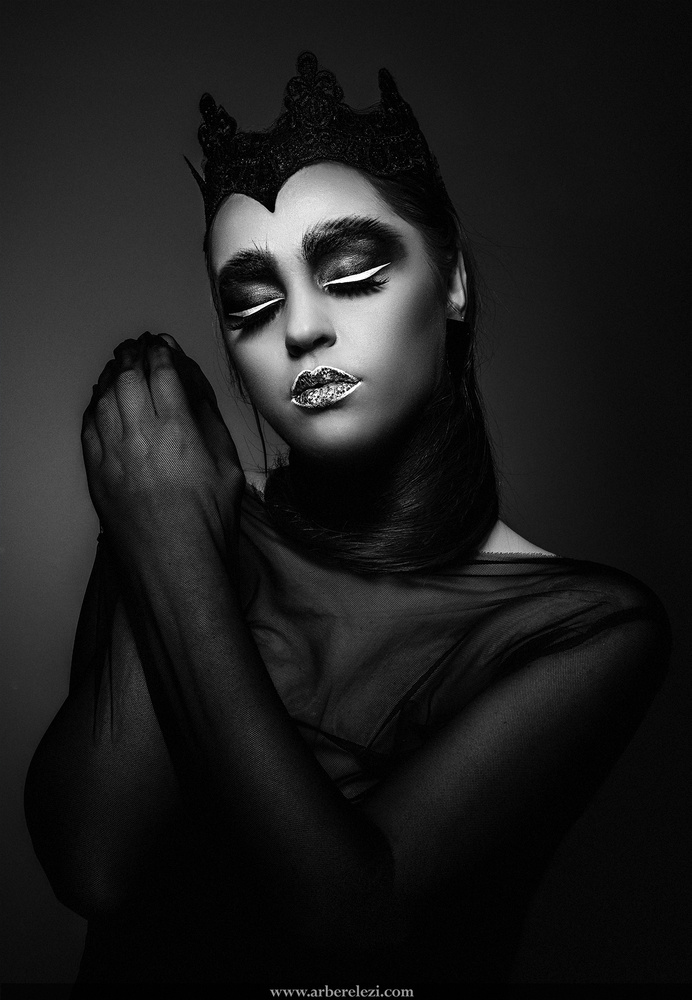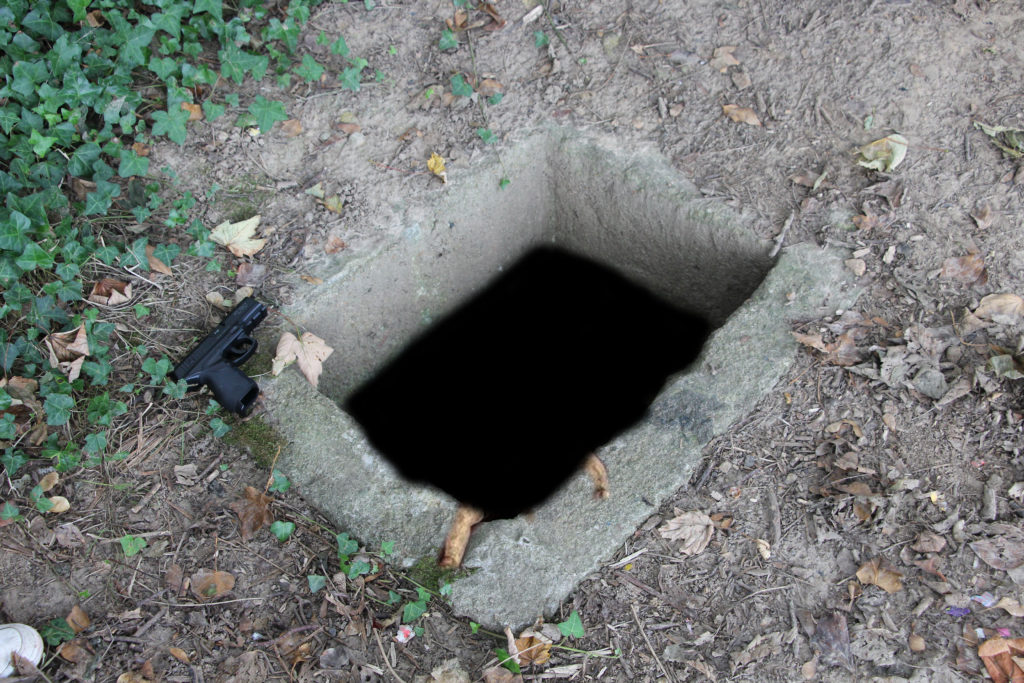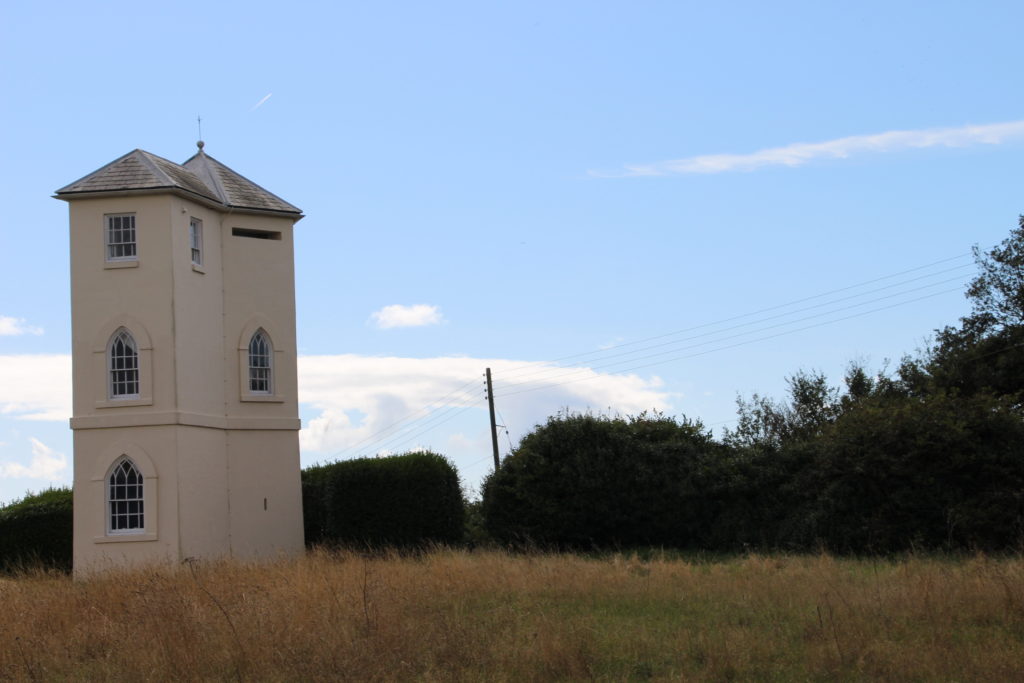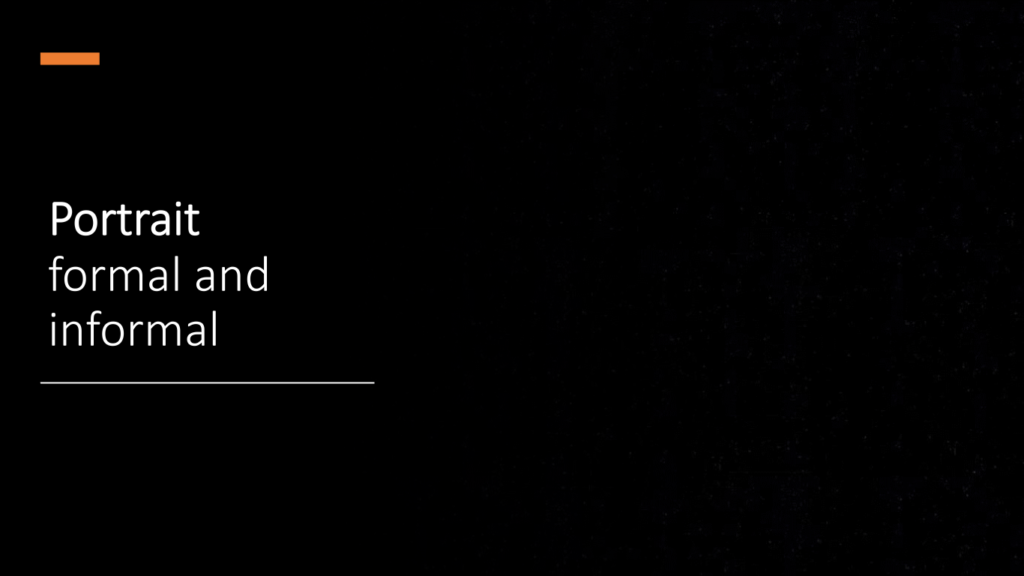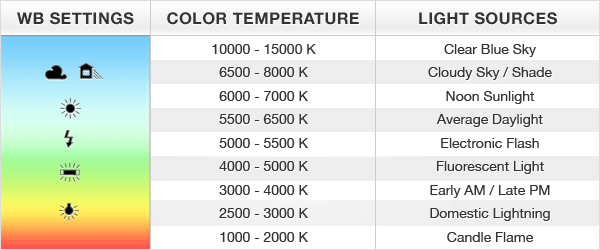PORTRAIT PHOTOGRAPHY is a photograph that captures the personality of a person or a group of people. They can be taken using effective lighting, powerful backdrops and dramatic poses to display the mood that the subject wants to create. A portrait photograph can be used for creative purposes or part of a medical study.
some types of PORTRAITURE PHOTOGRAPHY
- traditional portraiture
- environmental portraiture
- candid portraiture
- glamour portraiture
- lifestyle portraiture
- surreal portraiture
- conceptual portraiture
- abstract portraiture

traditional portraiture 
environmental portraiture 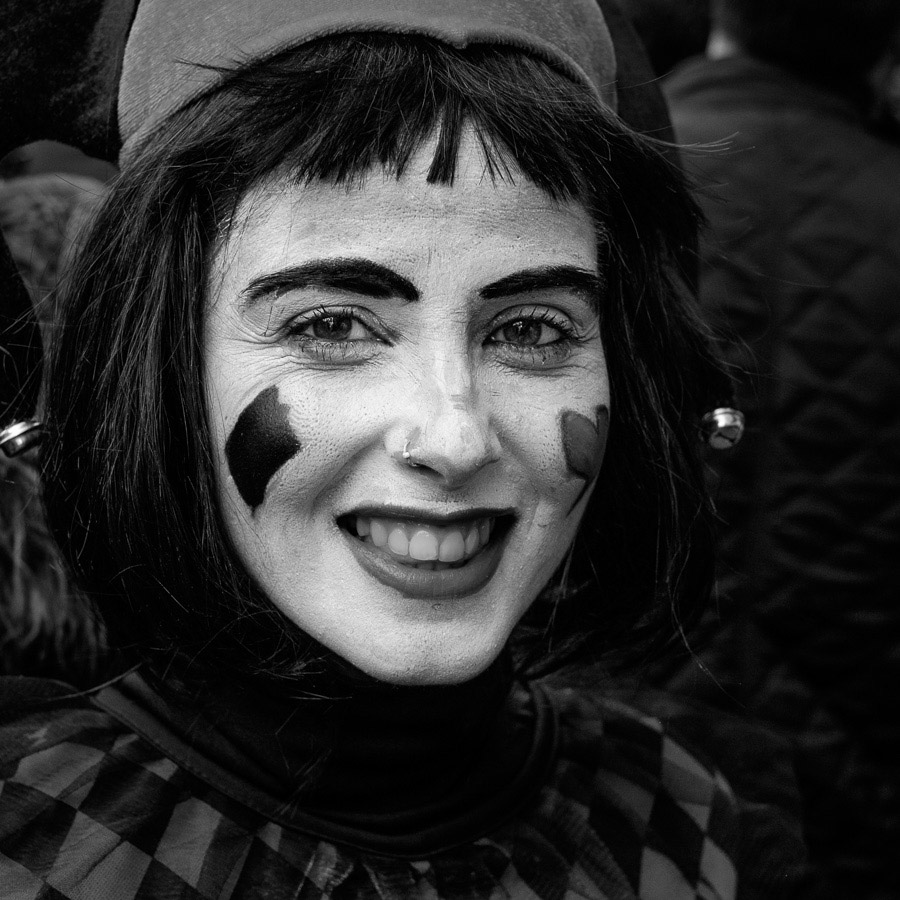
candid portraiture 
glamour portraiture 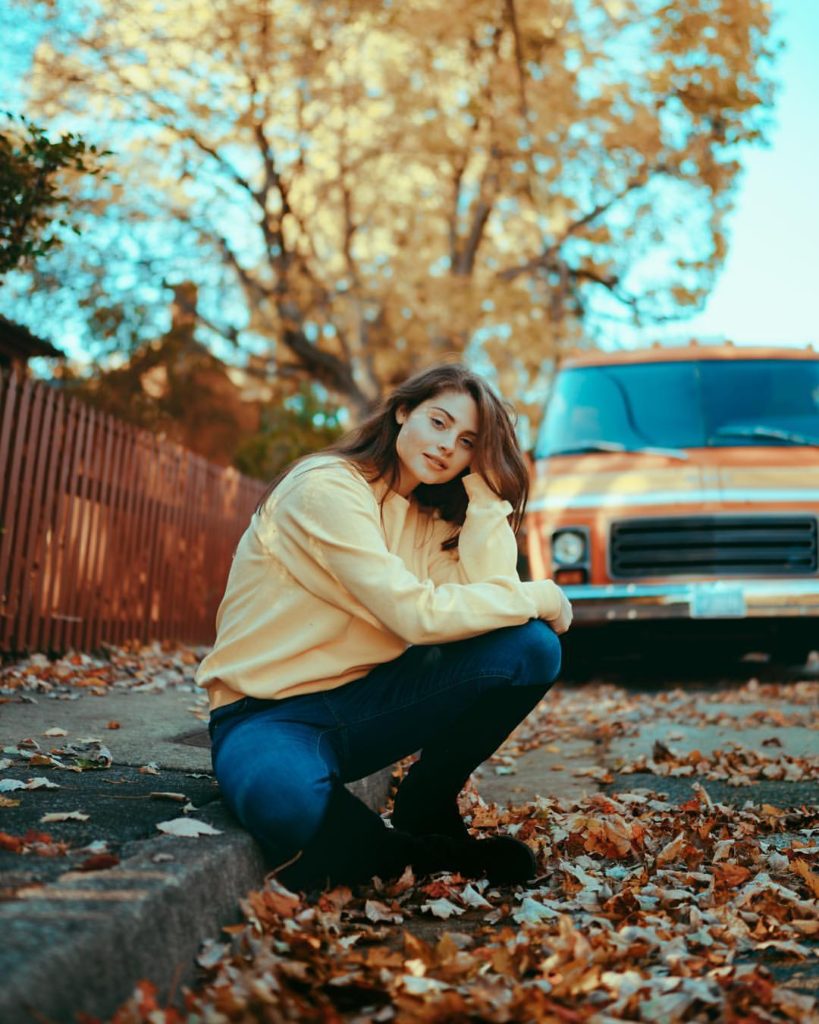
lifestyle portraiture 
surreal portraiture 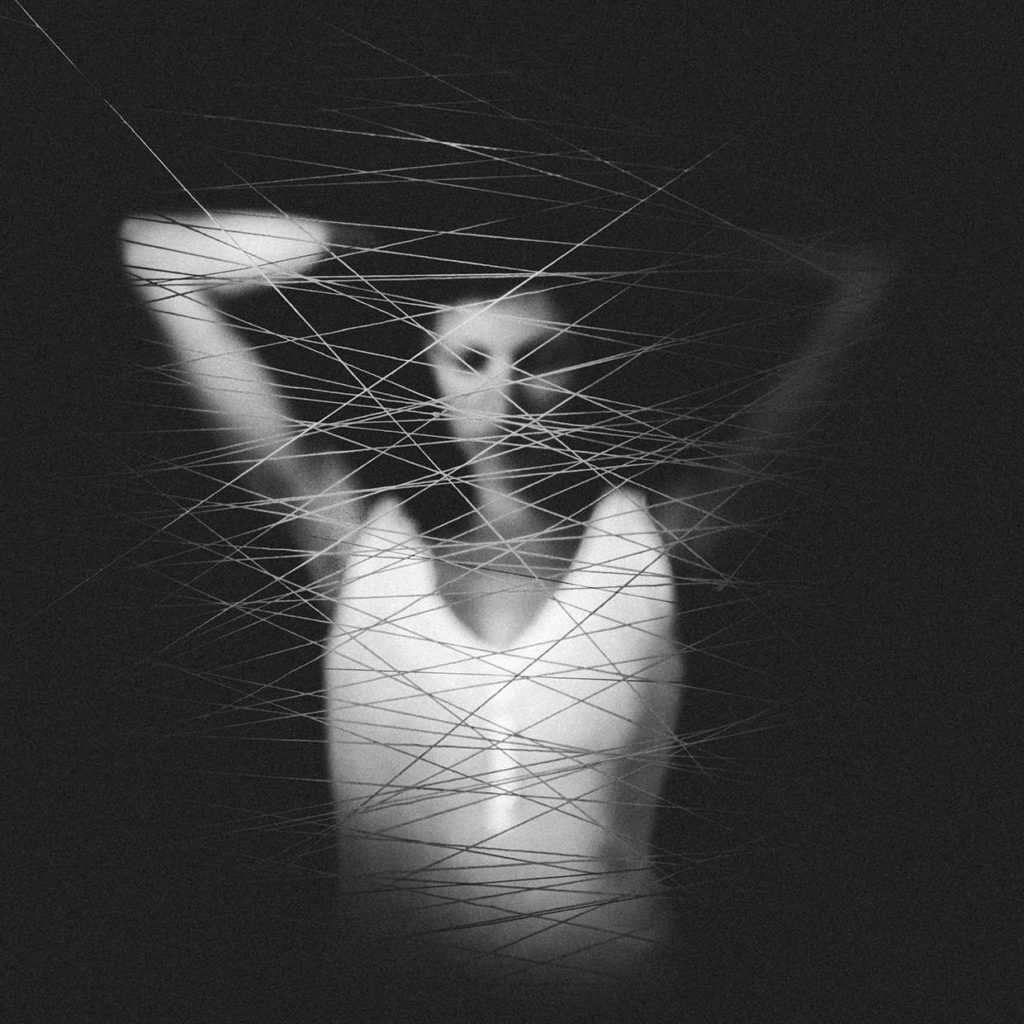
conceptual portraiture 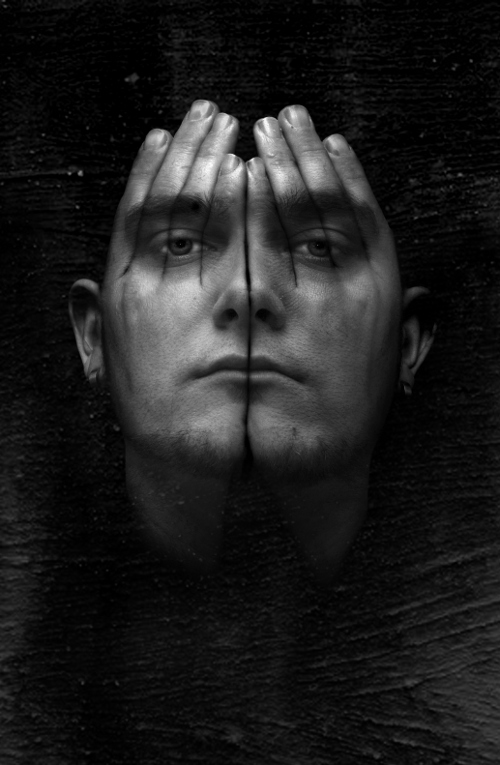
abstract portraiture
mood board
CONTEMPORARY PORTRAIT PHOTOGRAPHY is a photograph which relates to the time/era in which we are in, they may reflect values, challenges, and perceptions that are important in this particular era.
technical aspects of PORTRAIT PHOTOGRAPHY
PORTRAIT PHOTOGRAPHY can be taken in different ways. They can be formal, meaning the subject is posed to reflect their mood or something similar. Portraits can also be informal or candid, meaning the subject is captured in a natural way, and they may not even know their photograph is being taken at that time.
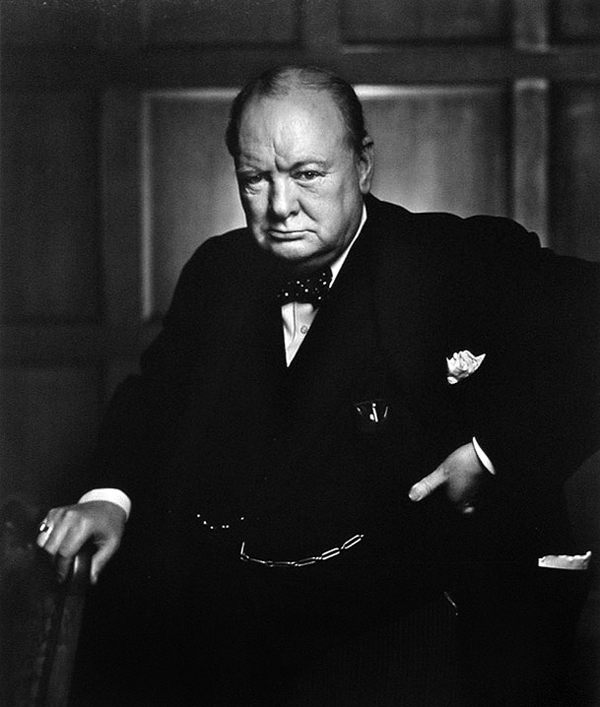
formal 
candid
PORTRAIT PHOTOGRAPHY can be just a head shot, which is a photograph that is just of the subjects head. Photographs can also be half body, which is a picture of the subject trunk and head. Photographers can also capture full body photographs, which is a picture of the subjects full body.

head shot 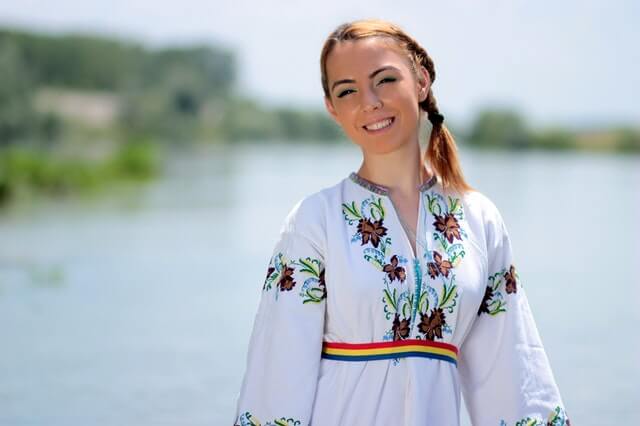
half body 
full body
PORTRAIT PHOTOGRAPHY can be taken at different angles. Photographers may decide to take a photograph at a high angle, which means that it is taken from above eye level to get a more expressive and creative shot. Photographers may decide to also take a photograph at a low angle, which means that it is taken from below eye level to produce a more interesting shot. Photographers may decide to take a photograph at a canted angle, which means that it is taken at a tilted angle to produce the mood of tension or uneasiness.
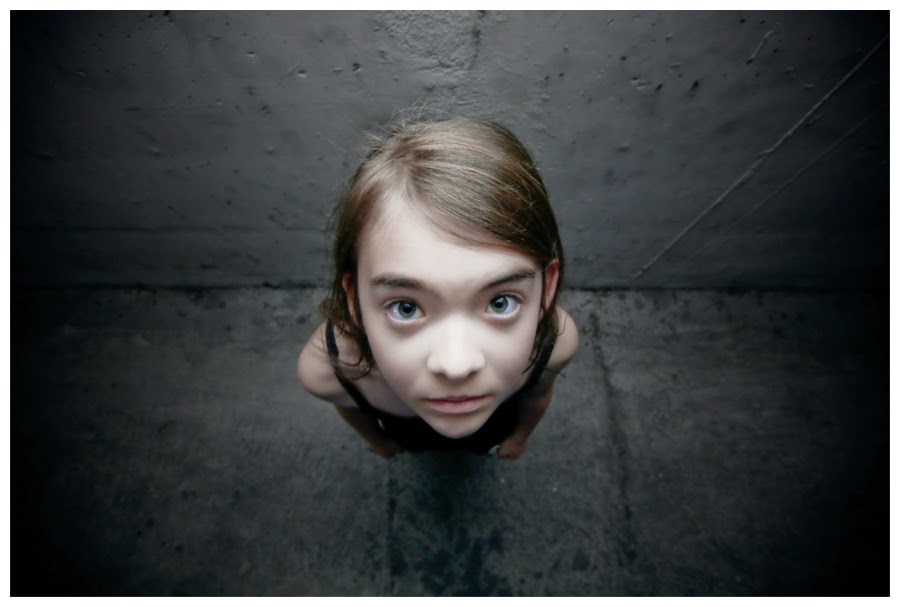
high angle 
low angle 
canted angle
PORTRAIT PHOTOGRAPHY may be to edited to change them to black and white, which will produce a more contrasted and interesting image. A photographer may decided to keep the photograph in its original state, allowing the photograph to be bright and colourful.

black and white 
colour
PORTRAIT PHOTOGRAPHY can be taken to light and airy, which would be classed as high key photographs. Portraits can also be highly contrasted, which would be classed as low key photographs.

high key 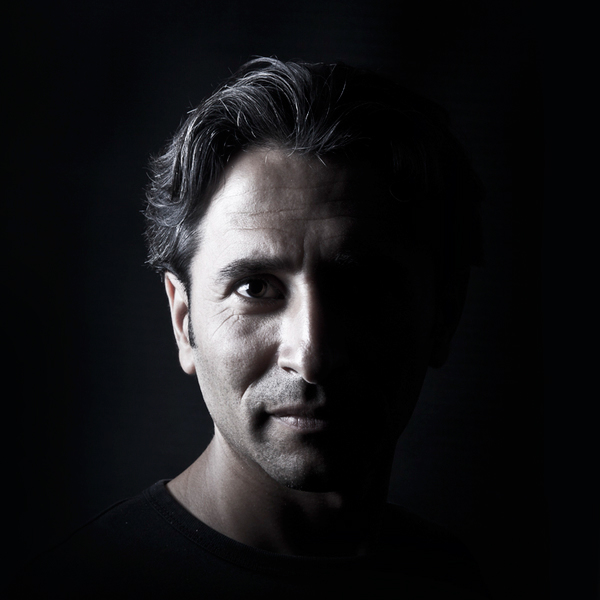
low key


